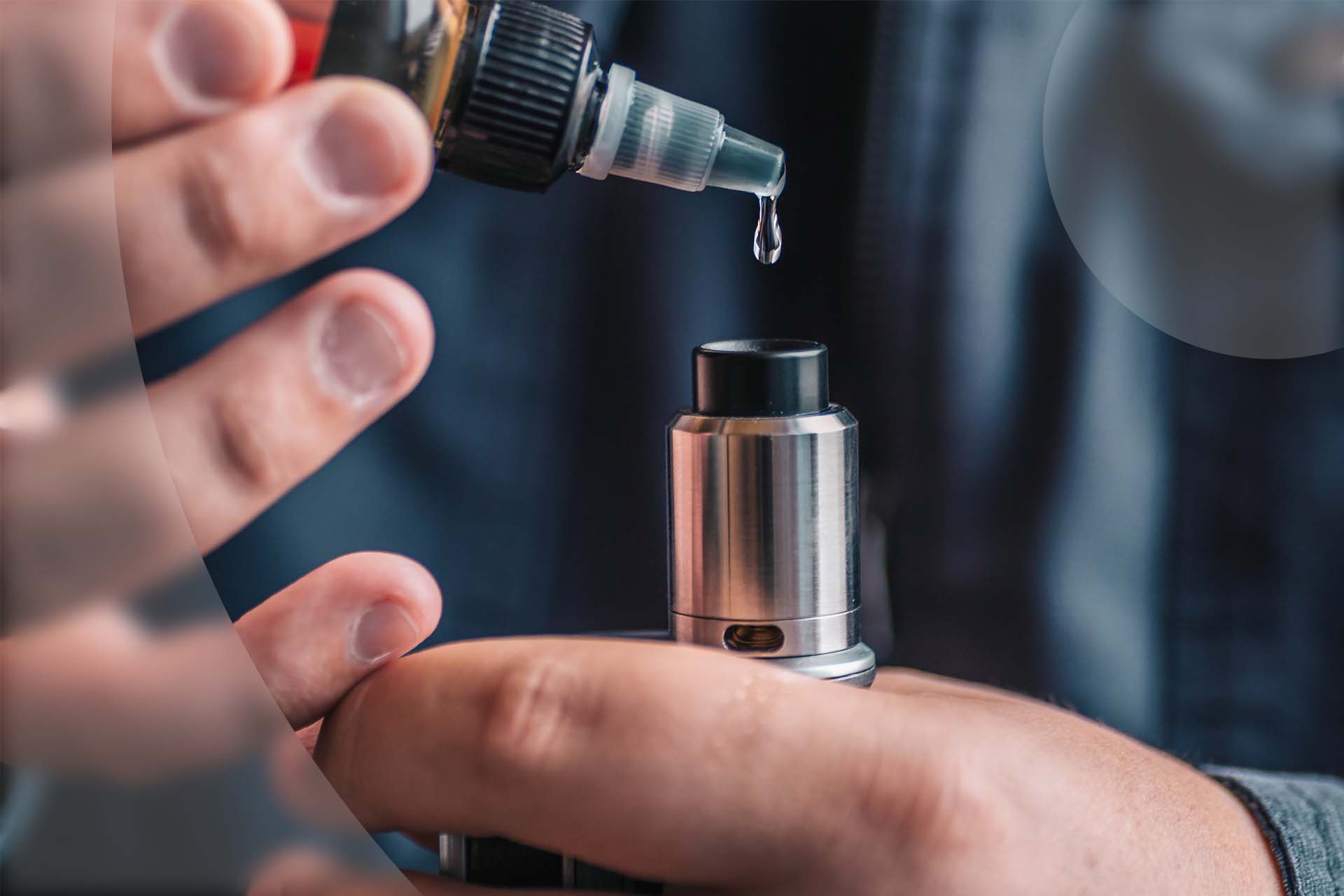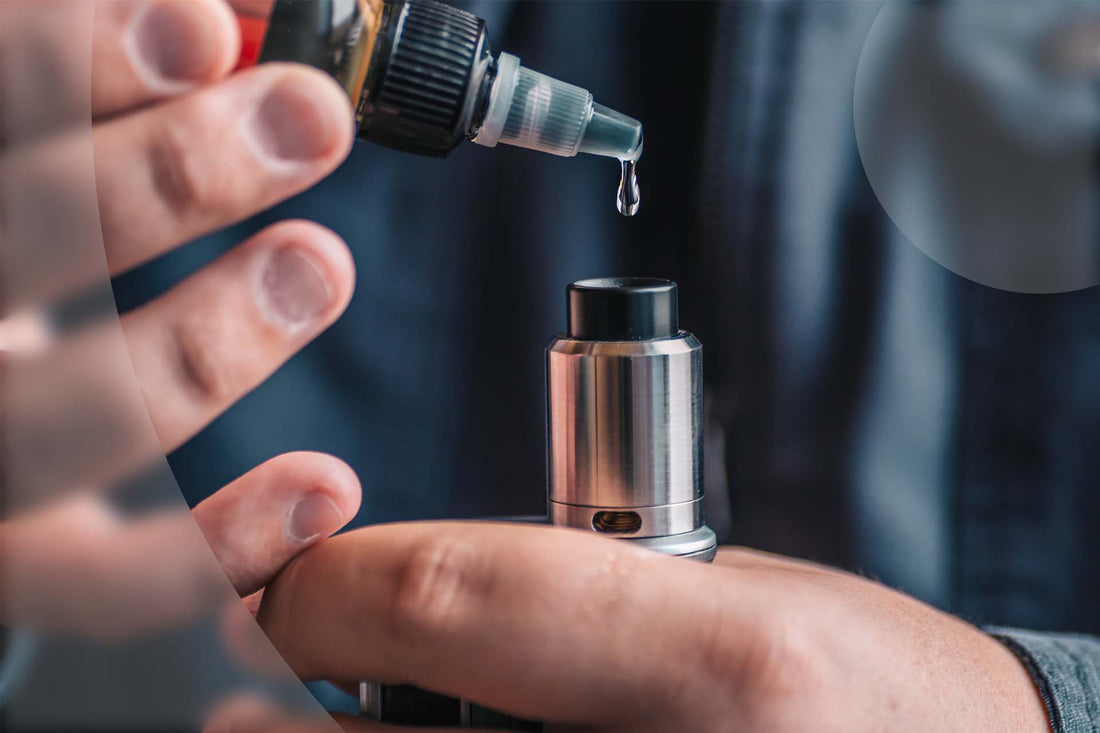
Propylene glycol (PG) has been used in a variety of industries since the 1950s as an additive in many products, from E-Cigarettes and foods to theatrical fog machines. But what does propylene glycol actually do? In this guide, we'll explore the pros and cons of propylene glycol to help you make an informed choice with vaping. We'll discuss what propylene glycol is, its applications and potential health risks, as well as the differences between propylene glycol (PG) and vegetable glycerin (VG). Armed with this information, you can make an informed decision about whether you think propylene glycol is safe for you.
Understanding Propylene Glycol (PG): How it Works in Vaping Products
Propylene glycol (PG) is a common ingredient in vaping products, such as E-Cigarettes and vape juices. PG acts as the base for many E-Liquids, where it helps create the vapour from the device when heated. It also carries flavourings, colourings, and nicotine to provide users with a smooth smoking experience. PG is odourless, colourless, and has a thin consistency that helps it penetrate into the user's lungs.
Most often, PG is mixed with VG in different ratios to create an E-liquid base, with the most common being a 50:50 (PG:VG) ratio. This allows for an optimum hit as well as a balanced vaping experience. Higher PG ratios will result in a different type of vape experience due to its thin consistency, typically, a much stealthier vape thanks to the thinner cloud production. A higher ratio of PG will also result in a stronger throat hit.
PG vs VG: The Differences in E-Cigarette Liquids
When it comes to E-Cigarette liquids, propylene glycol (PG) and vegetable glycerin (VG) are the two main ingredients. VG is thicker than PG, producing larger clouds of vapour when vaped. However, it has less of a throat hit than PG, making it a better choice for those who don't want the harshness of propylene glycol.
Vegetable glycerin (VG) is a naturally-derived product derived from vegetable oil. In e-liquids, VG acts as the base for many vaping products and helps to create vapour when heated. VG has a thicker consistency than propylene glycol, resulting in larger clouds of vapour along with a smoother throat hit.
Both propylene glycol and vegetable glycerin are considered safe to use in vaping products, but some users may find one or the other preferable due to personal preference.
Is propylene glycol safe? The Potential Health Risks
Propylene glycol is generally regarded as safe for human consumption, but there are some potential health risks associated with its use in e-cigarettes and vape juices. It is also believed to possibly irritate the throat and lungs due to its thin composition, although this has not been definitively proven. However, propylene glycol is still approved by the FDA as an additive in food products, which suggests that it should be safe for use in vaping products when used in moderation. Further research is needed to determine the long-term effects of propylene glycol use.
Other Uses and Benefits of Propylene Glycol
Propylene glycol is a versatile ingredient that has a wide range of uses and benefits. From being used as an additive in E-Cigarette liquids to food and fog machines, propylene glycol is a go-to choice for many industries. It also acts as a preservative, flavour enhancer and solvent in food products, making it an invaluable ingredient that's surprisingly more prevalent than you might think. PG helps keep foods moist by preventing moisture loss and evaporation. PG also acts as a preservative to help prolong the shelf life of foods.
Final thoughts on PG
In conclusion, propylene glycol is a common ingredient used in many industries, including e-cigarettes and food products. While propylene glycol does have some potential health risks associated with its use, it is generally regarded as safe for human consumption. It is also beneficial in other products, such as food and pharmaceuticals, where it helps keep foods moist and acts as a preservative. Ultimately, propylene glycol is an invaluable ingredient that can be used in various applications with relative safety - although more research is needed to determine the long-term effects of propylene glycol use.



